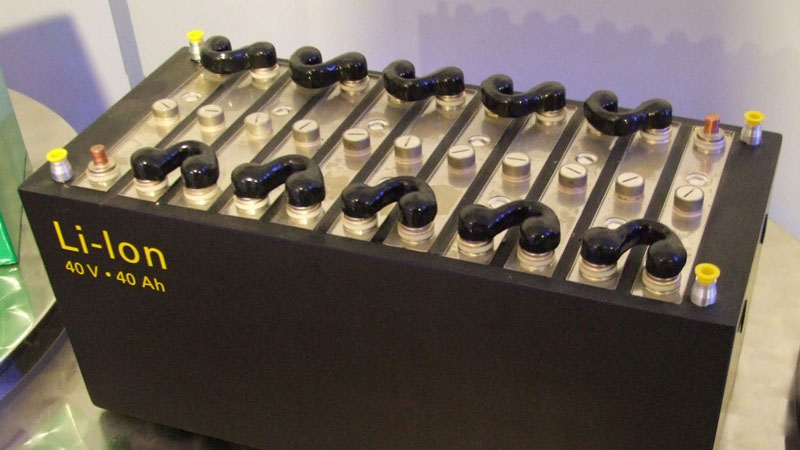
Monash University has had its say on the future of electric vehicles, in a late submission to the Senate Elect Committe on Electric Vehicles – and the upshot is, Australia needs to leverage opportunities in lithium processing and EV battery innovation.
Lithium ion batteries are by and large the best option for powering electric cars, and while developments in battery technology continue to improve, the 20-30 year lag in new tech commercialisation means that is not going to change in the near future.
But although the majority of mass market carmakers either already have or will have electric cars as part of their automotive offerings in the near future and that the 5 millionth EV to be sold globally is expected in March 2019, there continues to be a cost disparity that has Australia lagging in the uptake of electric vehicles.
Engineers Prof. Mainak Majumder and Assoc. Prof. Jacek Jasienak, who made the submission on behalf of the Melbourne university, highlight the fact that as with any emerging technology there is a tension between supply and need, and believe that the role of government is to remove that tension through incentives.
However, because electric vehicles will also have an effect on national energy demands, those potential changes must be understood and managed effectively – and if executed well, could help reduce energy costs for Australians.
“These planning processes need to start now for electric vehicles because they are inherently tied to the planning processes of electricity market participants,” explain the authors.
“Electric vehicles will provide an additional complexity to the energy market by providing portable energy storage units.
“However, this is a potential opportunity that needs to be unpacked in great detail because it has the potential to lower energy prices, drive electric vehicle adoption, stabilise our electricity grids, and create new businesses – if done well.”
The price of batteries as we know is a factor in the high price of electric vehicles, and in order for this to drop, the authors say production must be scaled up.
Rich in natural lithium resources, Australia is in a unique position to capitalise on the growing market for lithium ion batteries, by building on our long and storied history of technological innovation.
“Focussing on innovation around the discovery and processing of these ores within Australia will create new opportunities to generate and use intellectual property, particularly in processes for purifying & accumulation of these components,” write the authors.
This should not only include the processing and purifying of lithium ore, but also ways to recycle EV batteries, they write.
These opportunities lead to the next question, say the authors: “Should we be manufacturing EVs or components (such as batteries) for EVs in Australia?”
The answer to that question is not necessarily obvious.
After all, EVs and components are already being manufactured worldwide and as such, Australia may struggle in a global EV mass market, Jasienak and Majumder reason.
Instead, we should continue to invest our time and energy in ore discovery and processing, new battery development, and end-of-use/recycling of high energy batteries.
“Areas of strength lie in development of IP, protection and nurturing of emerging energy storage technologies and integrated systems for electric vehicles developed in our innovation system so that we are better prepared for the next-generation of technologies required for the EV market,” the authors conclude.
